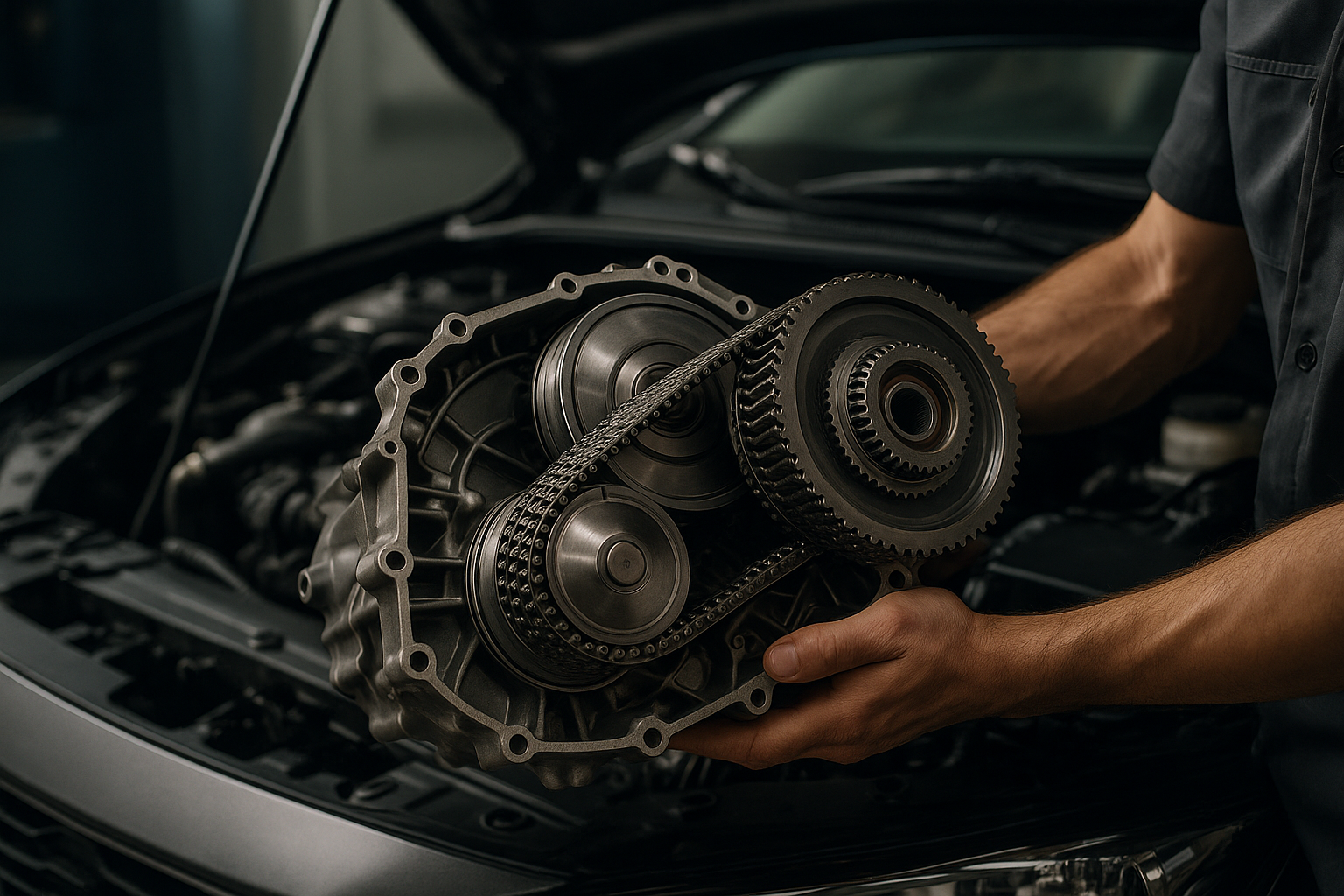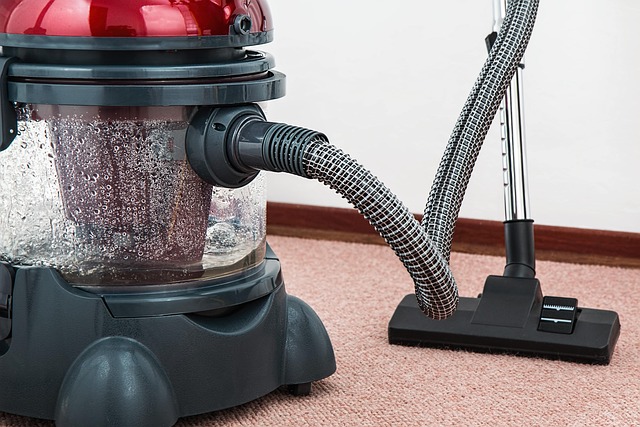Explore safe and efficient snow blowers: types, functions, and usage tips
Winter weather often brings significant snowfall, presenting a considerable challenge for homeowners and property managers alike. Manually clearing snow can be physically demanding and time-consuming, making efficient tools essential for maintaining accessible pathways and driveways. Snow blowers offer a powerful solution, transforming a strenuous chore into a more manageable task. Understanding the various types, their operational features, and crucial safety guidelines is key to selecting and using the right equipment for your specific needs, ensuring a clear and safe environment throughout the colder months.

Understanding the Snow Removal Challenge
Heavy snowfall can quickly accumulate, creating obstacles and potential hazards around homes and businesses. The sheer volume and weight of snow often make manual shoveling impractical, especially for larger areas or prolonged winter seasons. Beyond the physical exertion, inefficient snow removal can lead to slippery surfaces, blocked access, and even property damage if snow is left to pile up against structures. Addressing this challenge effectively requires tools designed for power and efficiency, which is where snow blowers become invaluable.
Types of Snow Blowers Available
Snow blowers come in several configurations, each suited for different snow conditions and property sizes. Single-stage snow blowers are typically lighter and more compact, using an auger to pick up and throw snow in one motion. They are ideal for light to moderate snowfalls (up to 8 inches) on paved surfaces. Two-stage snow blowers feature an auger that collects snow and an impeller that propels it out of the chute, handling deeper, heavier snow (over 8 inches) and various terrains, including gravel.
For the most extreme conditions, three-stage snow blowers add an accelerator that cuts through ice and compacted snow before feeding it to the auger and impeller. These are designed for very deep, heavy snowfalls and large properties. Additionally, models are powered by either electricity (corded or cordless, suitable for smaller areas and lighter snow) or gasoline (offering more power and mobility for larger, tougher jobs).
Main Characteristics of Snow Blower Models
When considering snow blower models, several characteristics distinguish their performance. Engine size, often measured in cubic centimeters (cc) or horsepower, dictates the power available for clearing snow. Clearing width refers to the path the machine can clear in a single pass, impacting the time required to clear an area. Throwing distance indicates how far the snow is expelled, which is crucial for preventing cleared snow from piling up where it’s not wanted.
Other features include self-propulsion, which reduces user effort, and electric start options for easier ignition in cold weather. Chute control mechanisms, whether manual or remote, allow users to direct the snow discharge accurately. Headlights are beneficial for working in low light conditions, while heated handles can improve comfort during extended use in cold temperatures.
Key Factors for Choosing a Snow Blower
Selecting the appropriate snow blower involves evaluating several key factors. First, consider the typical snow depth and type of snow your area receives; lighter, occasional snowfalls might only require a single-stage electric model, while heavy, wet snow demands a more powerful two- or three-stage gas unit. The size of the area to be cleared, whether it’s a small walkway or a long driveway, will influence the necessary clearing width and engine power.
The terrain also plays a role; paved surfaces are suitable for most models, but gravel driveways often require two-stage or three-stage blowers that won’t pick up and throw loose stones. Your budget and available storage space are practical considerations, as larger, more powerful machines generally cost more and require more room. Finally, assess your physical strength and comfort with operating machinery, as some models are heavier and require more effort to maneuver.
Usage Tips and Safety Precautions
Operating a snow blower safely and efficiently is paramount. Before each use, inspect the machine for loose parts, damaged cords, or clogged chutes. Always wear appropriate winter attire, including sturdy, non-slip boots, gloves, and eye protection. Never operate a snow blower while wearing loose clothing that could get caught in moving parts. Be aware of your surroundings, ensuring no people, pets, or objects are in the clearing path.
When operating, maintain a firm grip and walk at a steady pace. Never clear a clogged chute with your hands; always use a designated clearing tool or a stick with the engine turned off and spark plug disconnected. Avoid directing the snow discharge towards people, vehicles, or windows. After use, allow the engine to cool before storing, and perform regular maintenance as recommended by the manufacturer to ensure longevity and reliable performance.
General Snow Blower Cost Estimates
Understanding the potential investment for a snow blower can help in planning. Prices can vary significantly based on the type, brand, and features included. Below are general estimates for different categories of snow blowers available from various retailers and manufacturers.
| Product/Service | Provider | Cost Estimation (USD) |
|---|---|---|
| Electric Single-Stage | Various Manufacturers/Retailers | $150 - $500 |
| Gas Single-Stage | Various Manufacturers/Retailers | $300 - $800 |
| Gas Two-Stage | Various Manufacturers/Retailers | $600 - $2,000 |
| Gas Three-Stage | Various Manufacturers/Retailers | $1,500 - $4,000+ |
| Cordless Electric (Battery) | Various Manufacturers/Retailers | $400 - $1,200 |
Prices, rates, or cost estimates mentioned in this article are based on the latest available information but may change over time. Independent research is advised before making financial decisions.
Conclusion
Choosing the right snow blower involves a careful assessment of individual needs, local weather patterns, and property characteristics. From compact electric models for light snow to powerful three-stage gas units for severe winter conditions, a wide array of options exists to make snow removal more manageable. Prioritizing safety through proper operation and regular maintenance is just as crucial as selecting an efficient machine, ensuring a clear and safe environment throughout the winter season.




